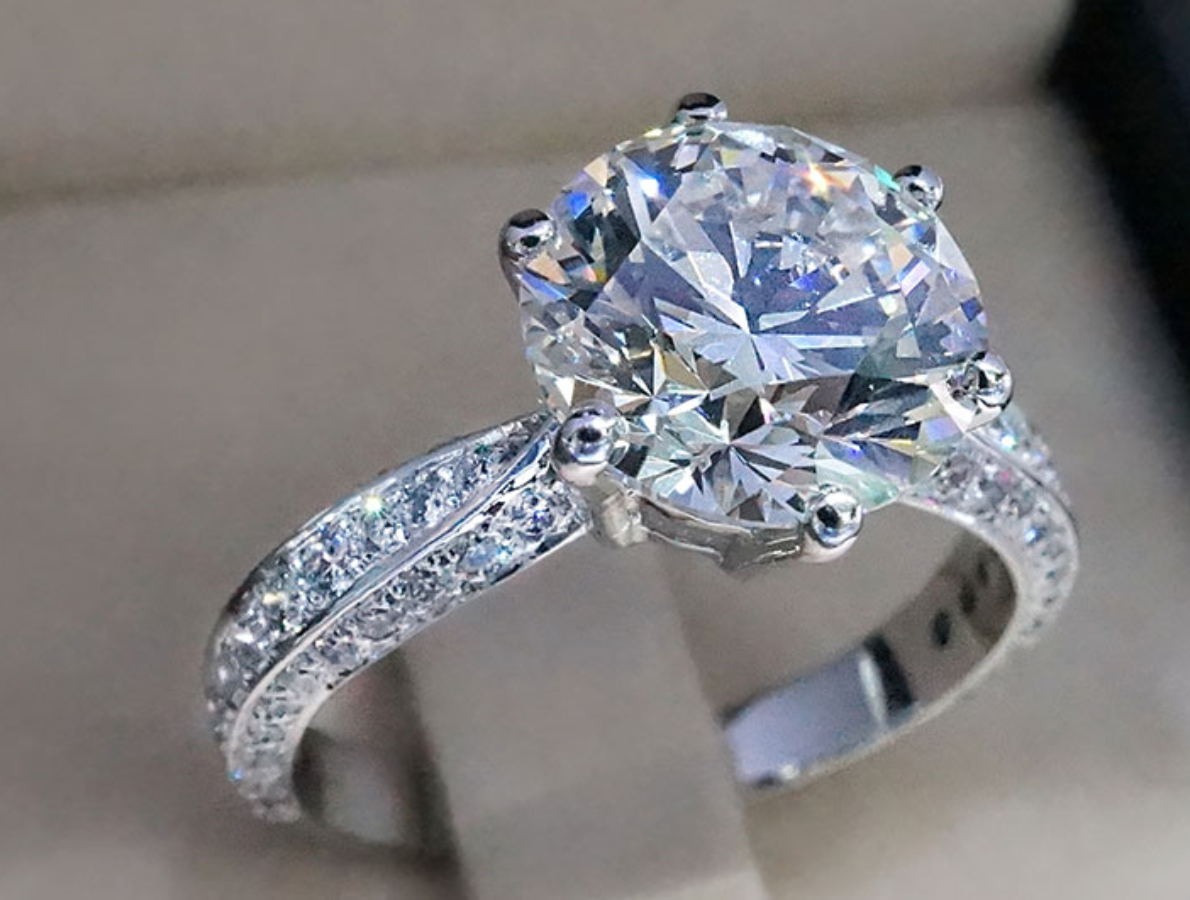Diamonds have long been prized for their beauty and rarity. But did you know that not all diamonds are created equal? There are two main types of diamonds: natural diamonds and lab-grown diamonds. Lab-grown diamonds have a common misconception of not being real, but they are, just grown differently. In this post, we will explore the science behind how lab-grown diamonds are made compared to naturally occurring diamonds.
Natural diamonds are formed deep within the earth’s mantle under extreme pressure and temperature. We’re talking pressures exceeding 725,000 pounds per square inch! This process is slow and can take millions, if not billions, of years. Once diamonds are formed, they are brought to the earth’s surface through deep volcanic eruptions. The rarity of natural diamonds is what makes them so valuable.
On the other hand, lab-grown diamonds are made in a laboratory setting. This process involves replicating the conditions under which natural diamonds are formed. High pressure and high temperature create the perfect environment for diamond growth. However, unlike natural diamonds, lab diamonds can be completed in weeks.
Two main methods exist for creating lab-grown diamonds: High-Pressure High Temperature (HPHT) and Chemical Vapor Deposition (CVD). In the HPHT method, a tiny diamond seed is placed in a press and subjected to high temperature and pressure. This causes carbon atoms to bond and forms a diamond crystal around the seed. In the CVD method, a gas mixture deposits carbon atoms onto a substrate, forming a diamond layer.
One of the benefits of lab diamonds is that they are more environmentally friendly than natural diamonds. The mining of natural diamonds can have a significant impact on the environment, including deforestation, soil erosion, and water pollution. In contrast, lab diamonds require less energy and do not involve destructive mining practices.
In conclusion, while natural diamonds are rare and valuable, lab-grown diamonds offer a more sustainable and ethical alternative. Whether you choose a natural or lab-grown diamond, it is vital to consider the impact of your purchase on the environment and society. If you have lab-grown or natural diamonds you’d like to sell, be sure to contact PMR today!


